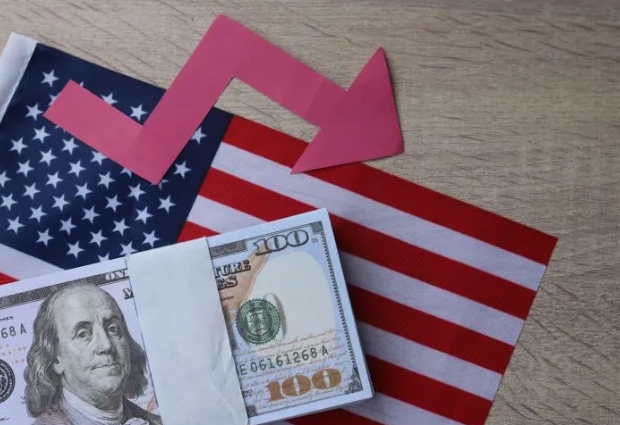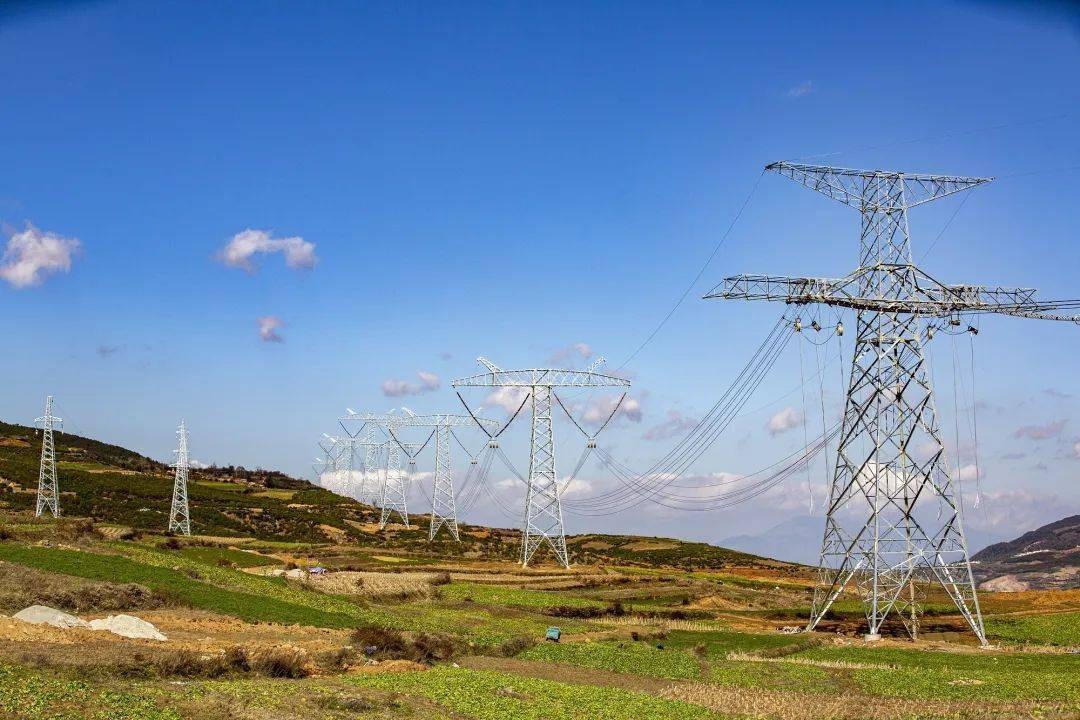
The latest data from the US Bureau of Labor Statistics shows that the consumer price index (CPI) rose 2.3% year-on-year in April, lower than market expectations for the third consecutive month, and the core CPI remained flat at 0.2% month-on-month. This data appears to support the Fed's continued wait-and-see stance, but if the perspective is extended to the ripple effect of tariff policies, we can see the profound reconstruction of economic fundamentals. This tariff storm, which began in April 2025, is infiltrating the nerve endings of the supply chain, consumer market and macroeconomic policies in a nonlinear way.
The CPI data in April showed typical "structural differentiation" characteristics. The energy sub-item fell 5.1% year-on-year, mainly affected by the volatile downward trend of international oil prices, but there has been a rebound of 0.6% month-on-month; used car prices continued the downward trend since 2024, falling 1.2% month-on-month, the largest drop since 1984. It is worth noting that the price of new cars did not rise significantly due to the impact of tariffs as expected by the market, but remained stable. This phenomenon reflects the strategic adjustment at the corporate level - dealers absorb tariff costs by compressing profit margins to avoid sharp fluctuations on the demand side.
The resilience of core commodity inflation is more directional. Furniture and electrical appliance prices rose by 0.5% month-on-month, significantly higher than the seasonal level, which may be related to the transmission of import costs caused by tariff policies. It is worth noting that although grocery prices fell for the first time in nearly a year, core service inflation after excluding energy and food remained at a high level of 3.2%, indicating that the tight labor market and rental stickiness are still supporting the price system.
The new tariff policy of the Trump administration, which came into effect on April 1, has a significant "J-curve effect" on the economic system. In the short term, corporate inventory adjustments and pricing strategies have delayed the emergence of cost pressure. Taking the automotive industry as an example, automakers such as Hyundai in South Korea and Toyota in Japan have internalized tariff costs by stocking up in advance and optimizing logistics routes, so that the retail prices of new cars have not fluctuated significantly. However, the sustainability of this buffer mechanism is questionable - the high cost of global supply chain reconstruction will eventually bite back corporate profit margins.
In the medium term, the restructuring of the industrial chain caused by tariffs is quietly changing the pricing logic. Reciprocal tariffs in key areas such as semiconductors may cause the prices of technology-intensive products to spiral upward. Goldman Sachs predicts that if the tariff policy continues to be implemented, the overall cost of US manufacturing will rise by 8-12% by the end of 2025, among which the price increase of auto parts may exceed 20%. This cost pressure will be amplified step by step through the industrial chain, and will eventually be reflected in the overall increase of consumer prices.
The mild appearance of inflation data and the lag effect of tariff policy have put the Federal Reserve in an unprecedented policy dilemma. Chicago Fed President Goolsbee warned that the supply chain distortion caused by tariffs may give rise to "new inflation", and this price increase driven by supply constraints is less responsive to traditional monetary policy tools. The divergence in expectations between the market and the Fed is intensifying - the probability of a rate cut in 2025 implied by the futures market has dropped sharply from 65% before the data was released to 45%.
What is more noteworthy is that tariff policies are affecting economic resilience through the wealth effect channel. The annual expenditure of the US household sector due to tariffs has increased by about US$83 billion, and the growth rate of residents' disposable income has slowed from 4.2% in 2024 to 3.1% due to the high mortgage interest rates. This structural weakening of consumption capacity may cause the economy to fall into the stagflation trap of "low inflation-weak demand-high policy interest rate".
At the current point in time, the April inflation data is more like an economic electrocardiogram full of metaphors. The month-on-month rebound in energy prices and the stickiness of core service inflation indicate the complexity and variability of future price trends; the nonlinear transmission mechanism of tariff policies pushes the economic system into a fragile balance before the "Minsky moment". The Fed's wait-and-see attitude is not a prelude to policy easing, but a prudent assessment of new economic contradictions. When the gears of the global supply chain begin to make unusual noises, the market will eventually realize that this tariff storm does not bring a short-term shower, but a long-term monsoon that reconstructs the economic cycle.

报告显示,中国电力投资加速增长,预计2024年电网基建投资将超过5300亿元。
近日,市场迎来了一则引人注目的消息:工业巨头3M公司(MMM.N)在本周五公布了其季度业绩报告,随后股价飙升至近两年来的
最近,外媒给OpenAI算了笔账,今年可能要血亏50亿美元。
近日,巴黎奥运会和世界铁人三项协会联合发布了一项重大决定,宣布因塞纳河水质污染问题,原定于近期进行的奥运会铁人三项首次下
当地时间7月18日,法国巴黎发生了一起令人震惊的持刀袭警事件。
近期,一则重大消息在国际舞台上引起轩然大波,马来西亚宣布加入金砖国家。
调查发现,互联网和智能手机的使用干扰了韩国近五分之一学生的生活。